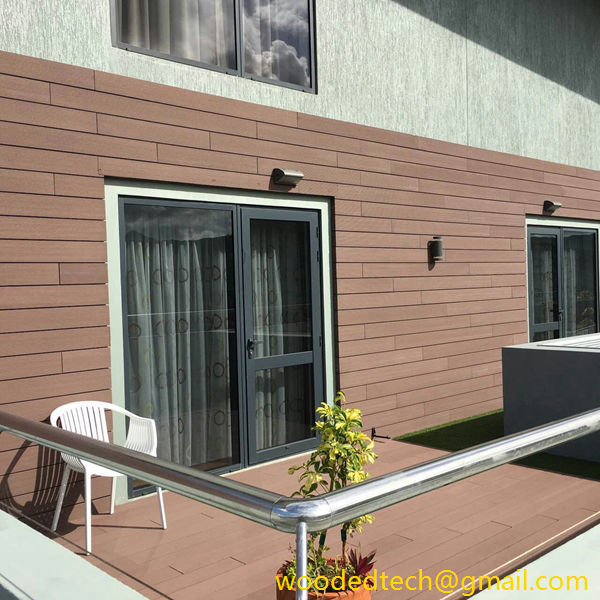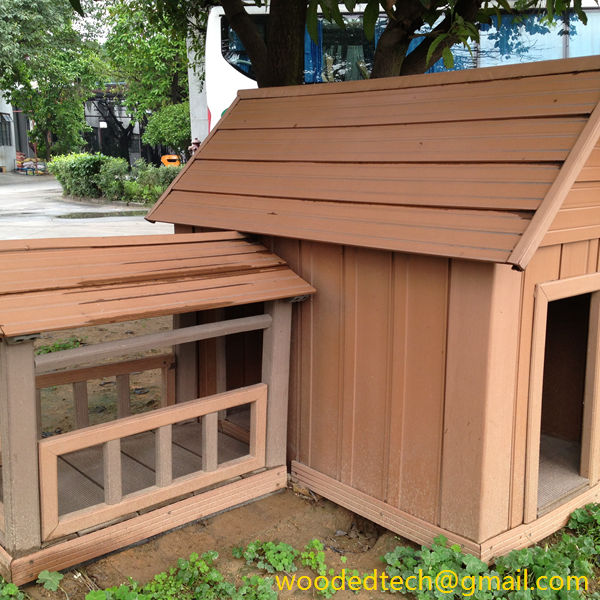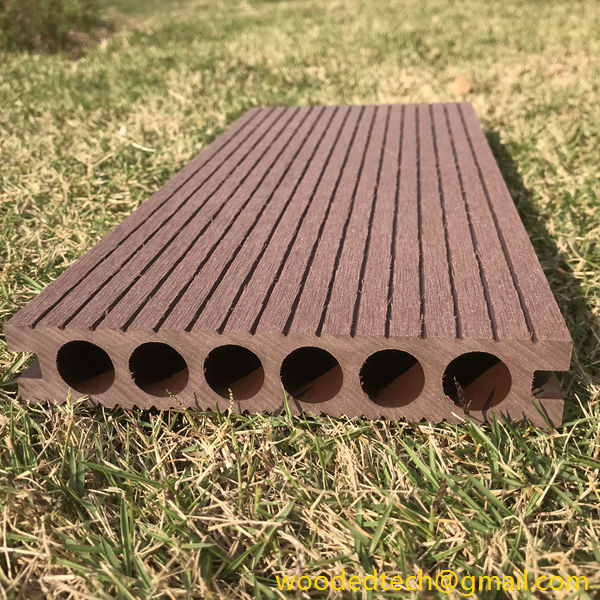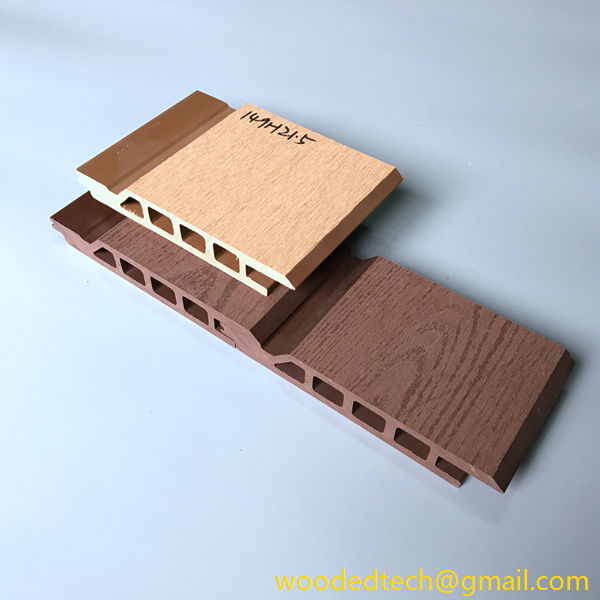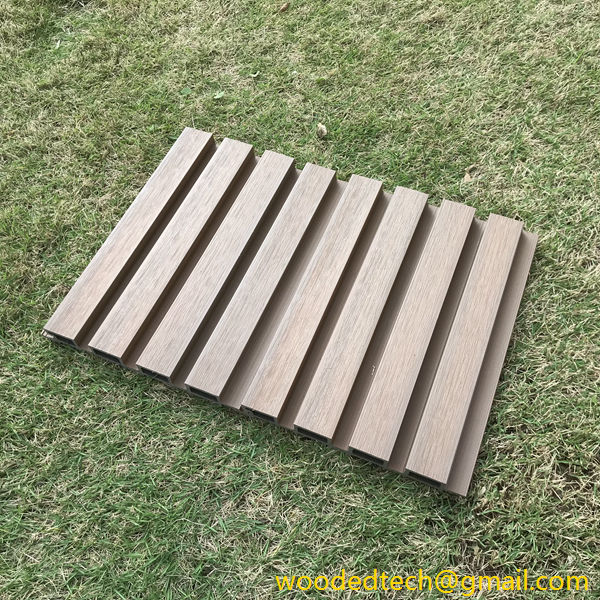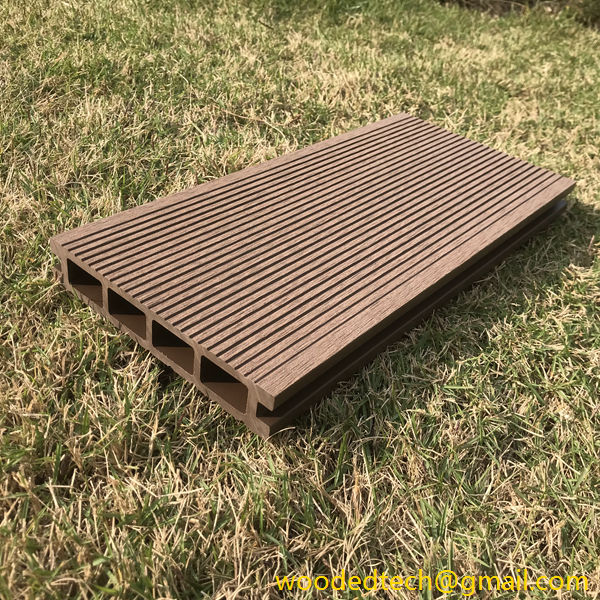Understand WPC Deck Flooring Specifications for Your Project
When embarking on a project that involves the installation of wood-plastic composite (WPC) deck flooring, understanding the specifications and production processes of these materials becomes essential. WPC decking has gained popularity in recent years due to its durability, aesthetic appeal, and low maintenance requirements. To ensure the success of your project, it is important to familiarize yourself with the specifications of WPC deck flooring and the production techniques that contribute to its quality.
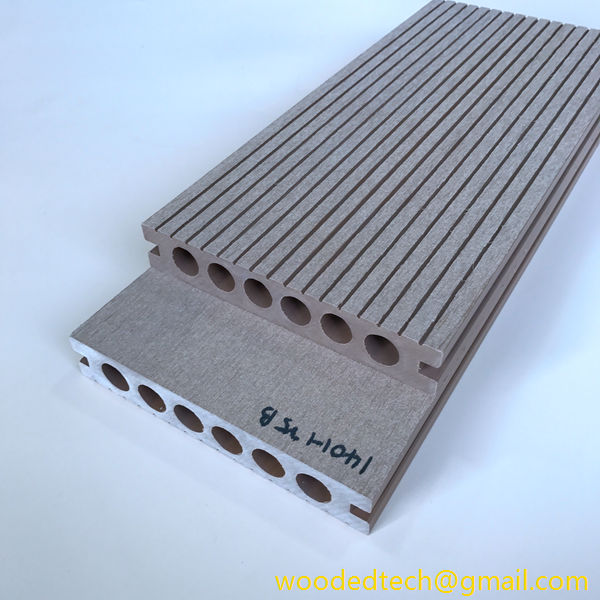
WPC decking is composed of a blend of wood fibers and plastic, which provides a unique combination of the natural appearance of wood with the longevity and resilience of plastic. The proportions of wood and plastic in WPC can vary significantly, impacting both the physical properties and performance of the final product. Typically, a higher concentration of wood fibers enhances the natural look and feel of the decking, while a greater proportion of plastic can improve moisture resistance and durability. It is crucial to choose a product that strikes the right balance for your specific needs, depending on the environment in which the decking will be installed.
The production process of WPC deck flooring involves several key stages, starting with the selection of raw materials. The wood fibers used in WPC are often sourced from recycled wood products or sawmill waste, making this an environmentally friendly option. The type of wood used can influence the final color and texture of the decking, so it is important to consider the source and quality of the wood fibers. Similarly, the plastic component, typically polyethylene or polypropylene, should be chosen based on its compatibility with the wood fibers and its performance characteristics.
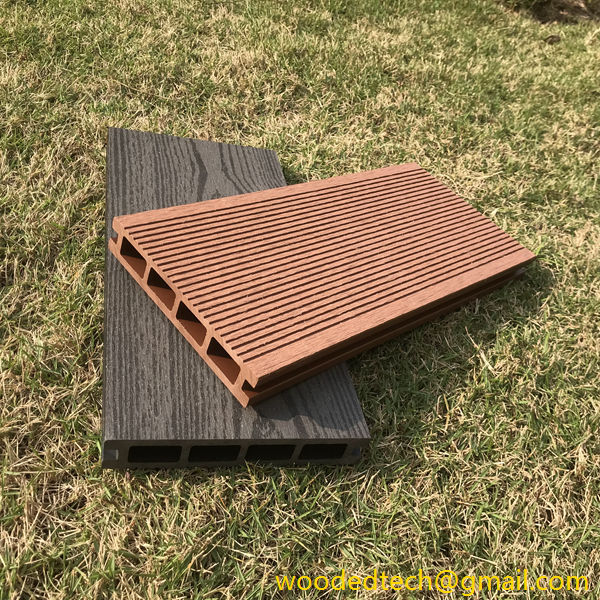
Once the raw materials are selected, they undergo a process called compounding, where the wood fibers and plastic are mixed together with additives that enhance performance and aesthetics. These additives can include UV stabilizers, colorants, and anti-fungal agents, all of which contribute to the decking’s longevity and appearance. The compounding process can be tailored to achieve specific performance attributes, such as increased slip resistance or enhanced fade resistance, making it essential to communicate your project requirements to the manufacturer.
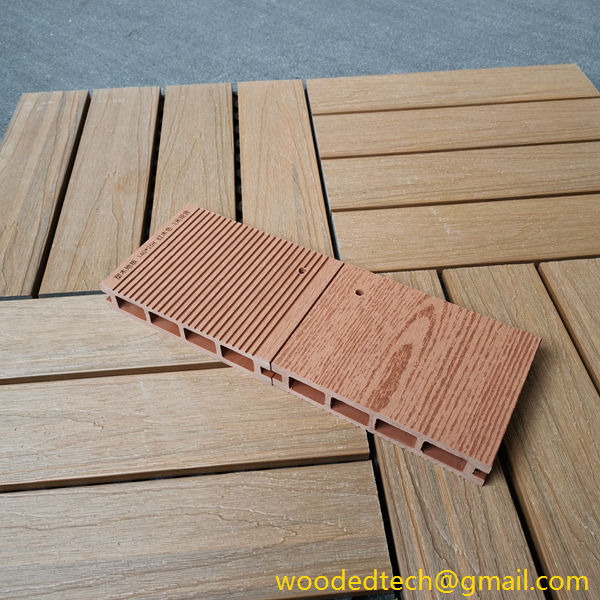
After compounding, the WPC mixture is processed using extrusion or injection molding techniques. In the extrusion process, the material is forced through a die to create long boards of decking. This allows for consistent thickness and width, ensuring uniformity across the product line. Injection molding, on the other hand, enables the creation of more complex shapes and designs, which can be beneficial for projects that require unique profiles or features. Understanding these production techniques can help you select the right product for your design goals.
Quality control is a critical aspect of WPC production, as it ensures that the finished product meets industry standards and specifications. Manufacturers typically conduct various tests to evaluate factors such as strength, moisture absorption, and slip resistance. Certifications from recognized organizations can provide additional assurance regarding the quality and safety of the WPC decking. Always check if the product you are considering has been tested and certified to meet relevant standards, as this can impact both the performance and longevity of your decking.
When planning your project, it is also important to consider the maintenance requirements of WPC deck flooring. While WPC decking is often marketed as low maintenance, it is not entirely maintenance-free. Regular cleaning and occasional resealing may be necessary to maintain its appearance and performance over time. Understanding the maintenance needs and selecting a product that aligns with your willingness to perform upkeep will contribute to the overall satisfaction with your decking choice.
The installation process of WPC decking should not be overlooked when considering specifications. Different products may have varying installation requirements, including spacing between boards and fastening methods. Familiarizing yourself with these requirements will ensure a successful installation and enhance the performance of the decking. It is advisable to consult with professionals or refer to manufacturer guidelines during the installation phase to avoid common pitfalls and ensure a long-lasting result.
In conclusion, understanding the specifications and production processes of WPC deck flooring is vital for the success of your project. By considering factors such as the composition of materials, production techniques, quality control measures, maintenance requirements, and installation guidelines, you can make informed decisions that will lead to a durable and aesthetically pleasing deck. With the right knowledge and careful planning, your WPC decking project can enhance your outdoor space and provide years of enjoyment.

